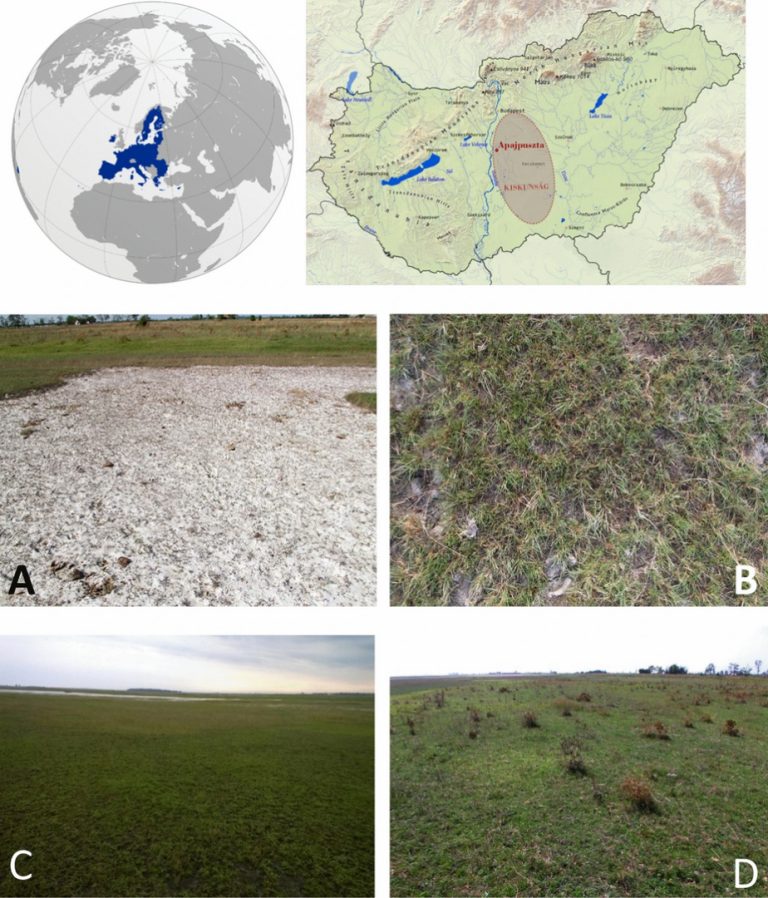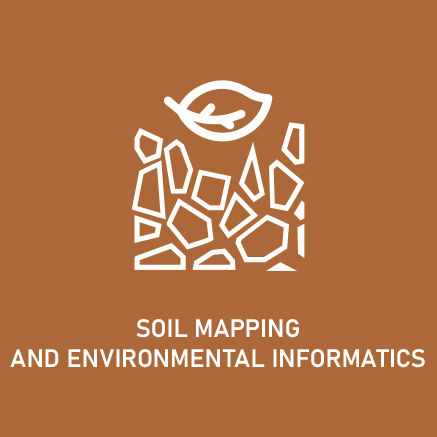The researchers investigated the bacterial composition and microbial activity pattern in soils under four typical sodic grassland vegetation in Apaj, Kiskunság National Park, Hungary. They found that the genus-level bacterial composition and community-level physiological profiles differed significantly in soils with different alkaline vegetation. The results showed that the soil pH, together with salt content, and Na+ content of the soils were the main edaphic factors influencing both bacterial diversity and metabolic activity patterns in the investigated soils with different salinity and sodicity.
The article can be accessed at the following link:













